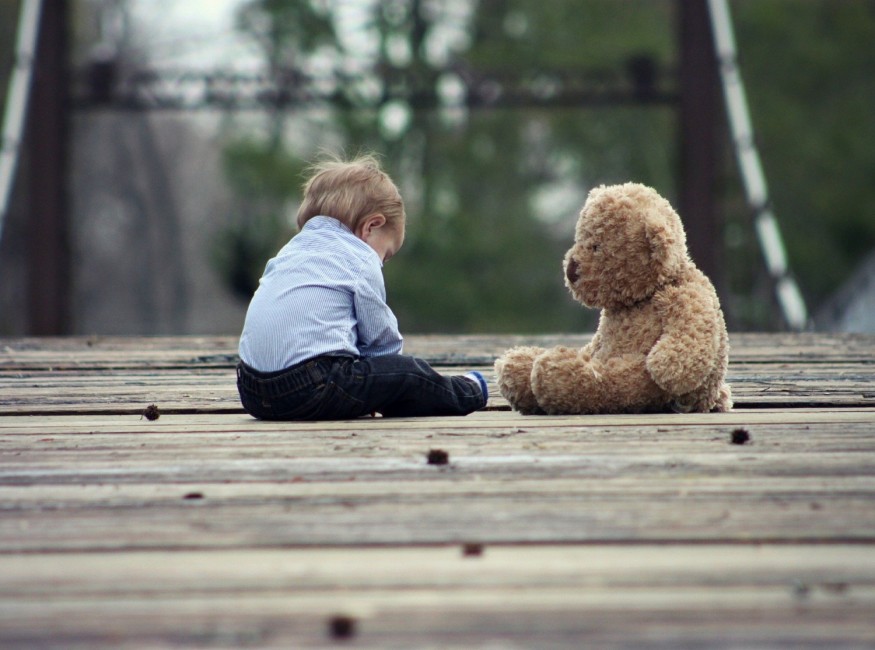Chitose Ogawa of the Tokyo-based National Cancer Center Hospital and her colleagues recently found that the two children in Japan who have lung cancer may have acquired tumor cells from their mothers during or shortly before birth.
According to New Scientist, this was discovered by Ogawa and her team while sequencing the DNA of the kids' tumors for a potential clinical test.
The first child, a boy, was diagnosed with cancer when he was 23 months old. Meanwhile, the second boy was diagnosed with lung cancer at age six years after he developed chest pain, leading to the doctor's discovery of a tumor located in his left lung.
Apparently, both mothers turned out to suffer from cervical cancer. Specifically, the mother of the first child was diagnosed three months after she gave birth. The second boy's mother, on the other hand, was diagnosed after delivering the baby.
ALSO READ : Link Between Sweat, Bleach and Gym Air Quality

Genetic Mutations
Base on analysis, tumors of the two boys, had "genetic mutations" that matched the genes found in the cancers of their mothers.
It also presented that the DNA of the tumor cells from the boys was lacking in the Y chromosome, which is found in most cells of males.
Moreover, the cells tested positive too, for variants of "human papillomavirus, which is known for triggering cervical cancer.
According to Paul Ekert, from the Children's Cancer Institute in Sydney, some "cancer cells possibly escaped into amniotic fluid" during the latter stage of gestation or were transferred to the children during their birth.
Ekert, who was not involved in the project added, both boys were born via normal delivery, and it is possible that "they inhaled tumor cells."

Mother-to-Infant Transmission
These occurrences of mother-to-infant transmission of tumor are surprisingly unusual. Roughly one in 1000 live births involves a mother with cancer, and the spread is approximated to take place in one newborn forever half-a-million mothers who have cancer.
Many child cancer specialists, Ekert, an expert in pediatric oncology explained, might see the said circumstance once in a lifetime.
He also said, typically, it would be "mitigated against because of the immune surveillance" for infecting cells from another person, even if that particular person is related.
The expert elaborated, the fact that one boy is only presented with symptoms at age six years was even more extraordinary. It proposes that the cancer cells continued and split slowly for years prior to the switch to more rapid growth.
Childhood Cancer and Its Risk Factors
According to Cancer.org, some children inherit mutations or DNA changes from a parent that intensify their danger of certain cancer types. These changes exist in each cell of the body of the child, and they can frequently be tested for in the blood cells' DNA or other body cells.
Some of the mutations are associated only with increased cancer risk, while others can result in syndromes that include other health or developmental issues, as well.
Nevertheless, most childhood cancers are not the result of inherited mutations. Rather, they result from DNAH changes happening early in the life of a child, sometimes even prior to birth. Each time a cell splits into two new cells, it must replicate its DNA.
The process may not be perfect, and errors may, at times, take place, especially when the cells are rapidly growing. Such a kind of DNA change can occur at any time in life and is identified as an acquired DNA change.
Check out more news and information on Gene Mutation on Science Times.
© 2026 ScienceTimes.com All rights reserved. Do not reproduce without permission. The window to the world of Science Times.











